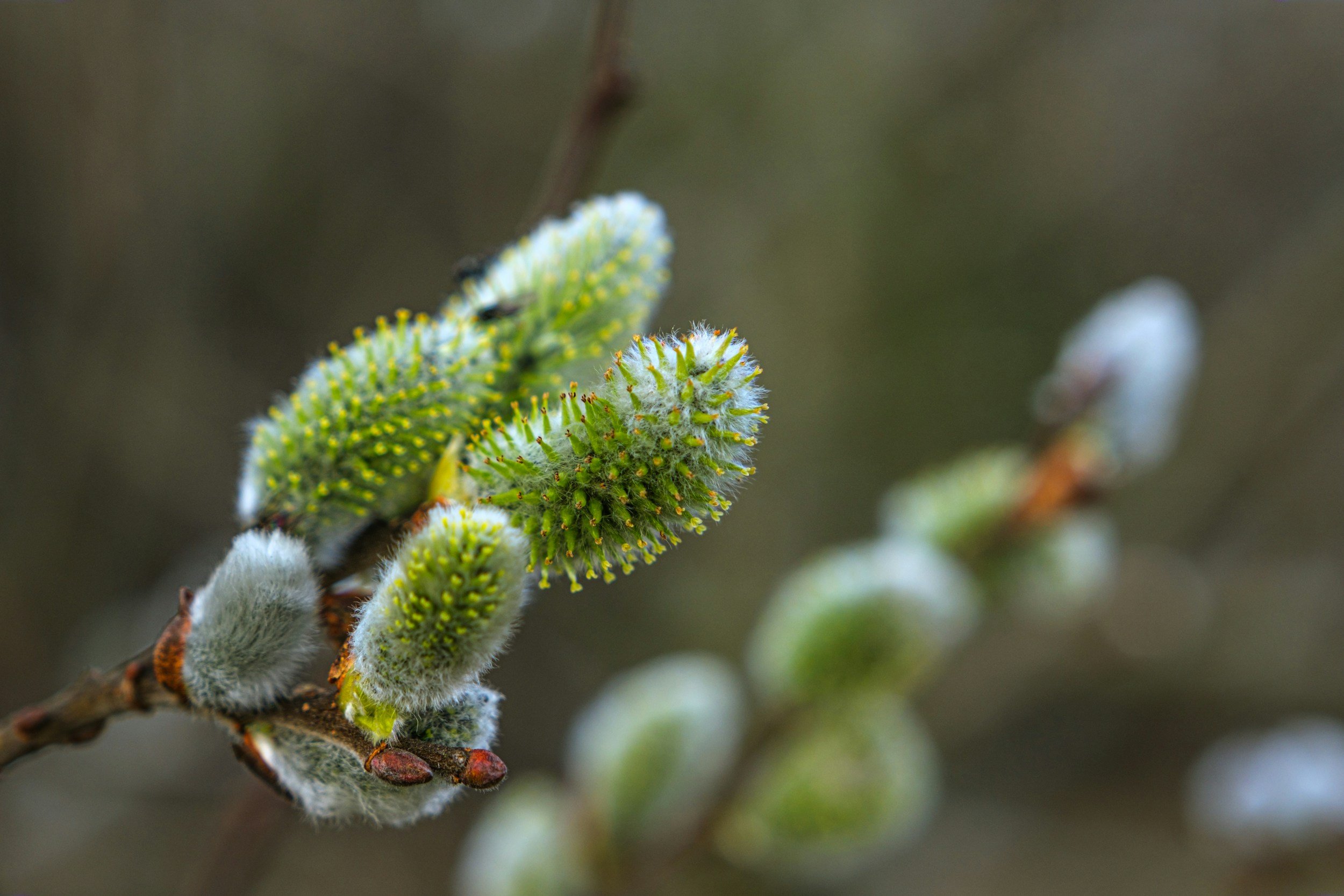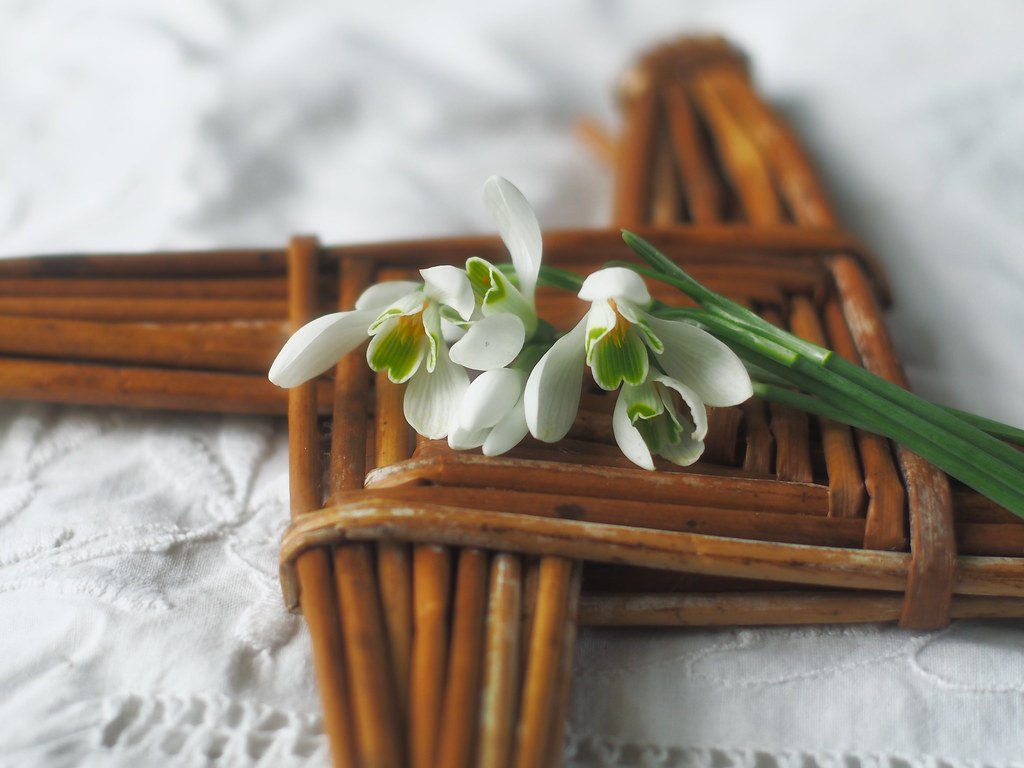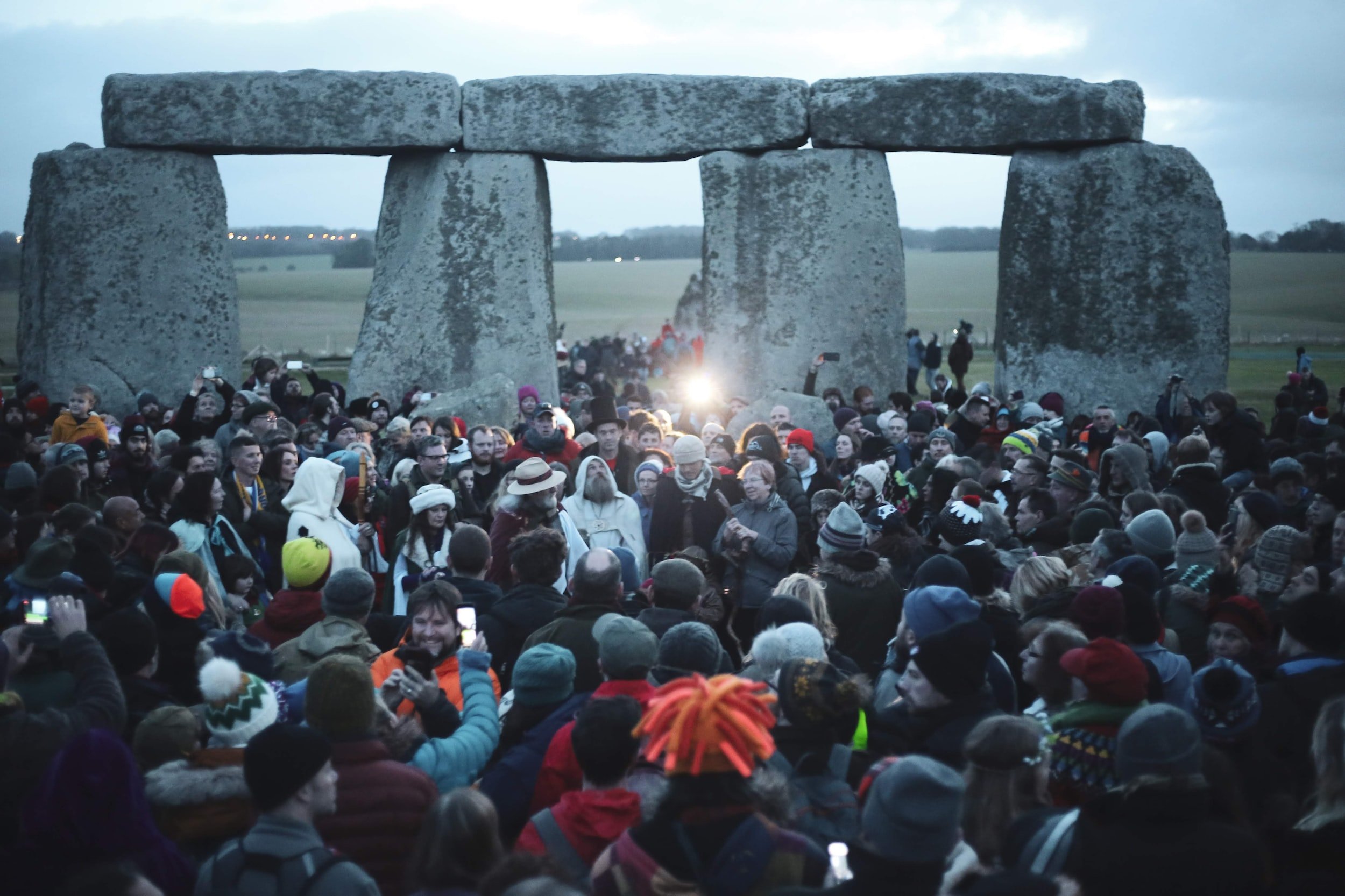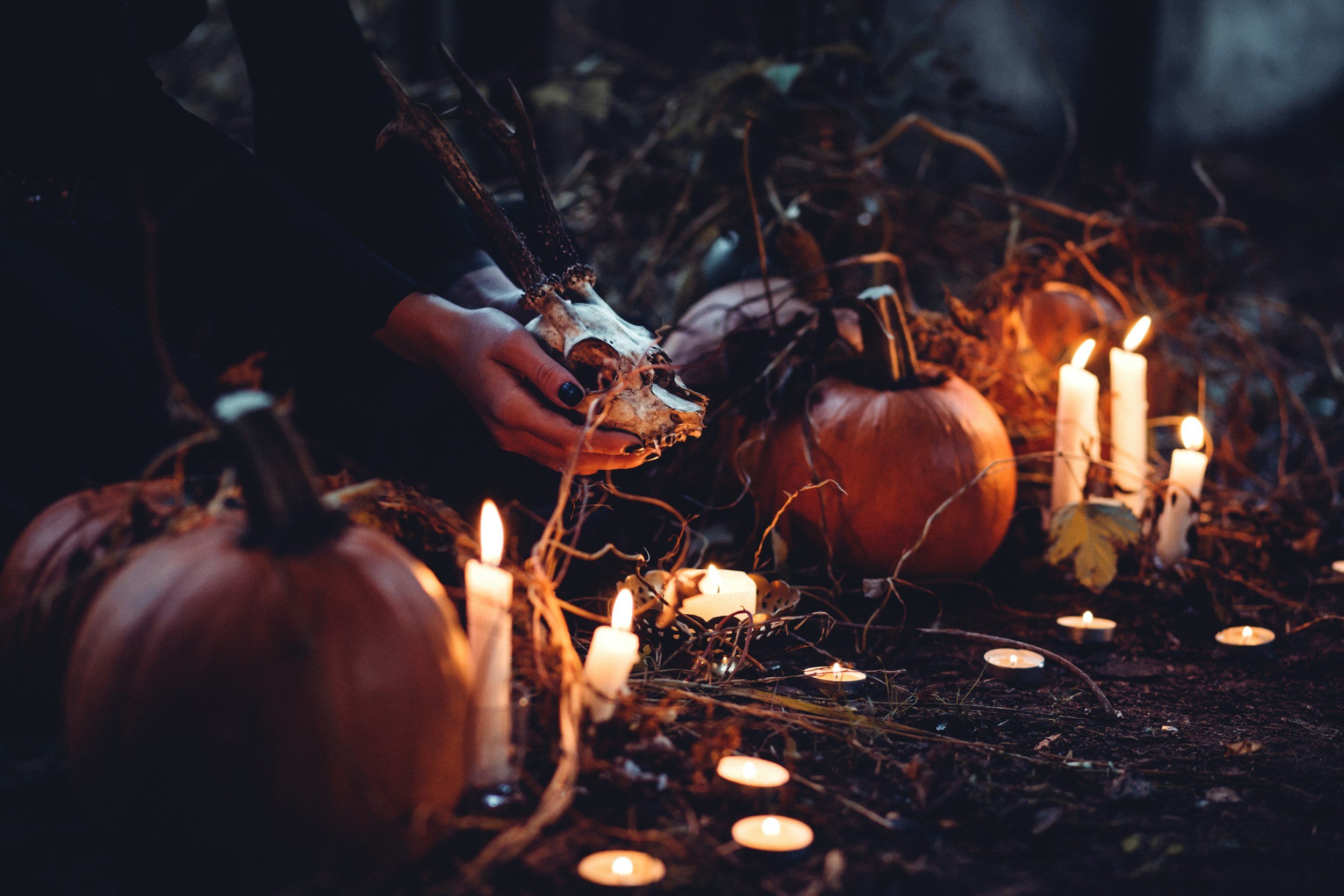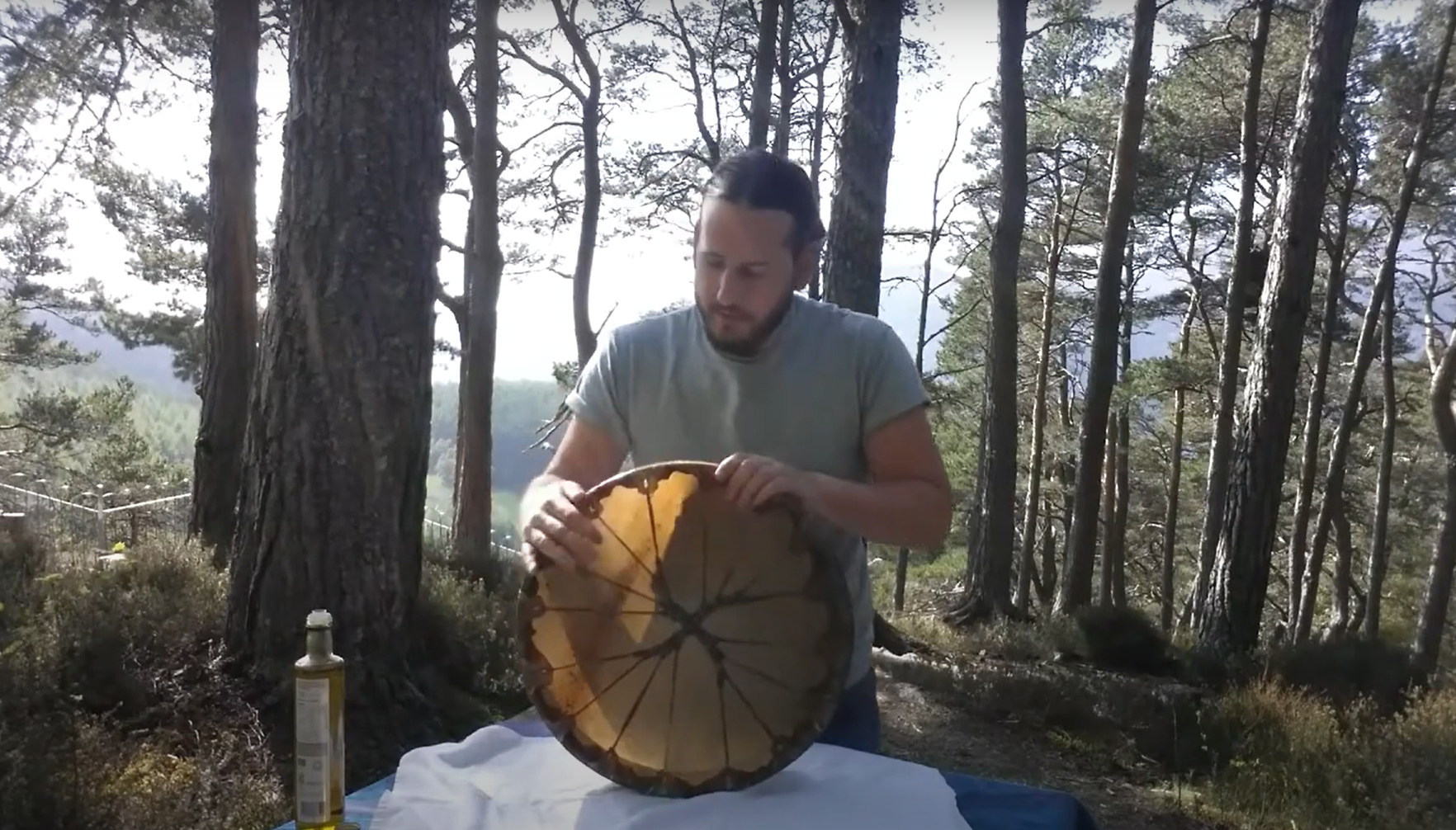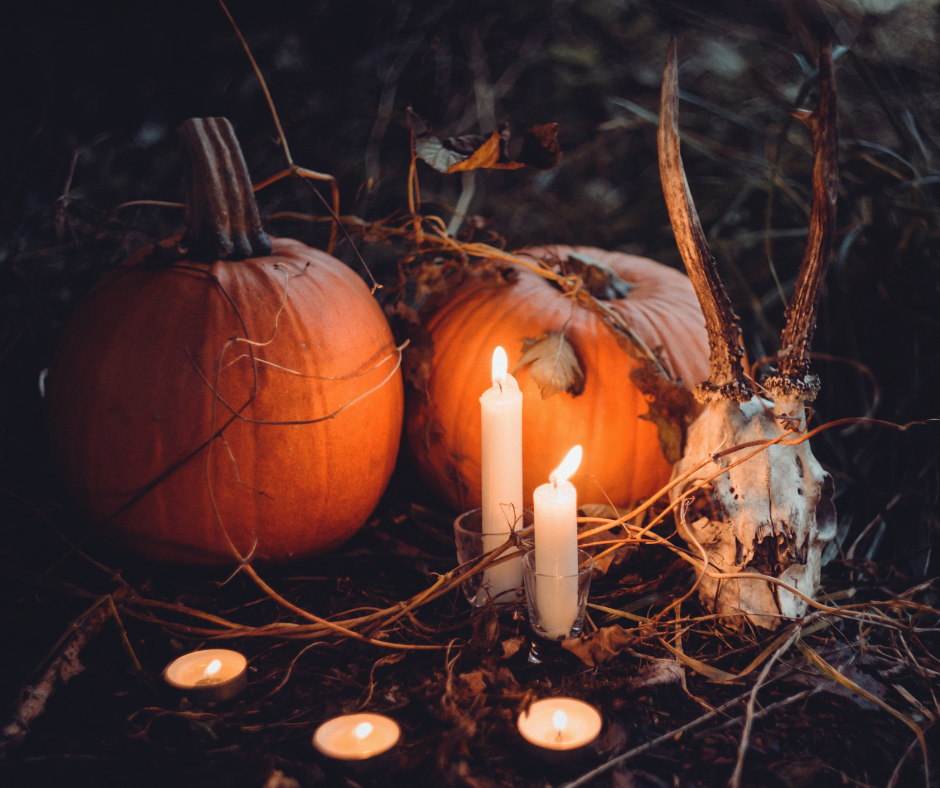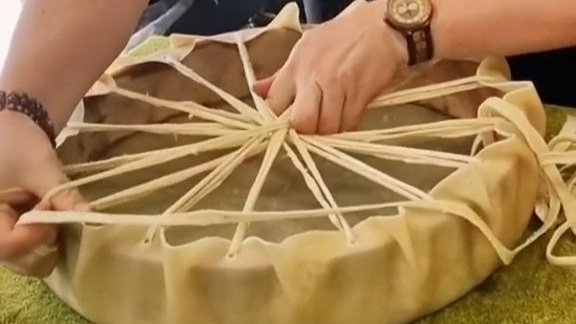
About Shamanic Drums
For those new to Shamanic Drums, or wanting to understand a bit more about them, read our information and guidance below.

WHAT ARE THE BENEFITS OF SHAMANIC DRUMMING?
Read our seven benefits of Shamanic Drumming, and why it is one of the most important spiritual tools of our times.

ETHICS OF HIDE DRUMS
Understanding where the hides come from and why this is important to working deeply with these sacred medicine tools?
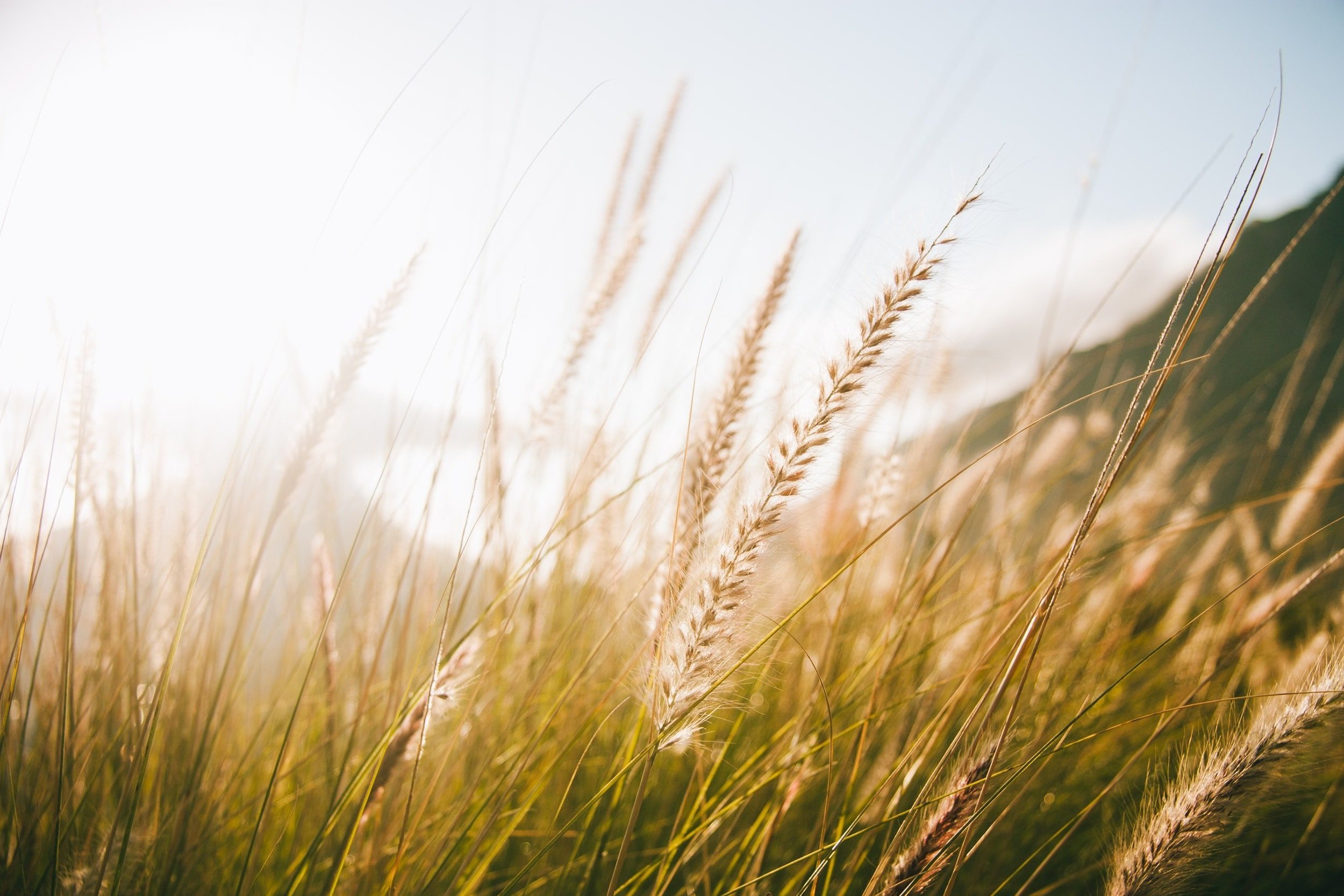
HOW TO CHOOSE A shamanic drum
Want to know how to choose which Shamanic Drum is right for you? Read more about the different styles and preferences that are available for your Shamanic Drum.
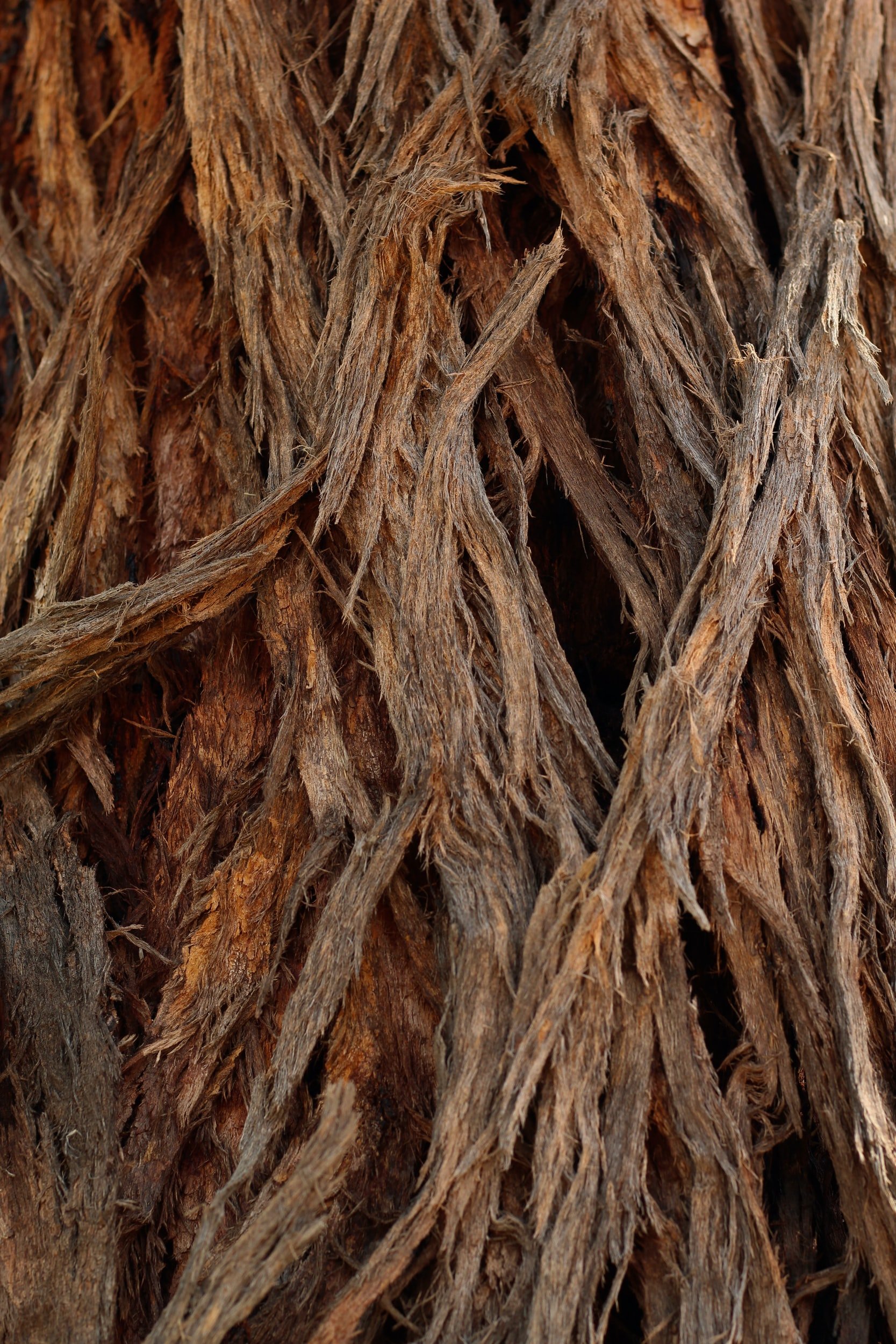
The Benefits of Shamanic Drumming
The Shamanic Drum is one of the most important tools of our practice. A guide, a teacher, a healer, a friend; the drum is important to so many on the shamanic path. Here is a list of seven reasons why.
Second only to the voice, the drum is the oldest instrument. Ever since our ancestors beat on hollowed out logs and stretched animal skins over wooden hoops, these instruments have been a major part of cultures. From the Sami to the Siberian shaman, the Irish bodhran to the Indian dhol, the Native Americans to the Australian Aborigines, the drumbeat has led us into song, dance and into journeys through the worlds.
Shamanic drumming, as distinguished from other types of drumming, usually refers to the use of sustained, repetitive drumming rhythms. These drum rhythms have a number of physiological effects on the body, but of particular importance to shamanic practitioners is its effectiveness in altering your state of consciousness. These sustained rhythms act as sonic drivers, creating a shift in your brain rhythms from a busy Beta state to a trance like Theta state, optimal for shamanic journeying.
The drum has been the must-have in every community all around the world and was the best thing until sliced bread. Nowadays, there is a revival in the use of the drum, as many are experiencing the benefits of this wonderful instrument. Here are just a few:
1. Drumming allows self-expression
Shamanic drumming allows individuals to express themselves in a non-verbal way to others. For many, speaking about feelings is still tough. It’s a shame and I wish we were a society where people felt safe to discuss their feelings in front of others. Give them a drum, however, and people begin to express themselves creatively and passionately. I have seen this holding drumming groups with young children, college aged students, learning disabled adults and other groups who have found a means of expressing themselves through the drum rhythm, and loved it. With the college students, who I see regularly, I see big changes in their self-expression outside of the drumming sessions, as well as a big shift in their self-awareness.
2. Drumming allows for deeper self-awareness
One of the things I love about drumming is that you are outwardly so active, but can be inwardly so still. Drumming creates a synchronisation of brain function, and gets the left and right side working more harmoniously together. Time drumming is good quality you-time, feeling relaxed and happy and with opportunity for reflection and thinking about your current situation from a slightly different viewpoint. In this more relaxed and deeper theta state, you are able to see things from a slightly different perspective than normal and can help you see life in a different light.
3. Drumming is good for your health
Aside from the obvious exercise you get from playing a drum for however many hours you are lucky enough to be playing, shamanic drumming has some great documented health benefits.
Beating depression, addiction, anxiety and stress and helping the management of pain, blood pressure, immune function and recovery from stroke, surely the drum should be in every medicine cabinet, right next to the aspirin and the Calpol.
4. Drumming brings communities together
Gathering a number of you together with drums and playing a rhythm together breaks down barriers between people, promotes social cohesion within that group, encourages listening to one another, interchanging responsibilities of leading and following the rhythm, and provides an activity where you are all focused creatively on one thing, together. Unsurprisingly, drumming is becoming more common in team-building events with businesses as it helps a group bond, be more involved and communicate better.
5. Drumming is accessible
No matter how old or young you are, or whether it is your first time with a drum or whether you have been playing forever, everyone can join in. I have drummed in circles with little ones under the age of two and with people well into their eighties – there’s no stopping anyone who wants to drum. First time drummers quickly get over the doubt and the worry about keeping rhythm once they start. Everyone has a drum beat beating in their chest, and with a drum in hand, or feeling the rhythm of other drums in circle around you, all can access and enjoy the healing of the drum.
6. Drumming assists spiritual growth and insight
Whether drumming in a group, or journeying to the rhythm of someone else drumming, the beat can drive you into a deep meditation like state where you are physically very relaxed but consciously very aware. Riding the sacred rhythm of the drum into the shaman’s cosmos, drumming allows you to journey to connect with the timeless wisdom and medicine that is available. As well as connecting you spiritually, the drum rhythm is extremely grounding and brings you firmly in the now. This is a practice known as shamanic journeying, and is something that is shared through many of our courses and workshops.
7. Drumming is fun
And last, but not least, drumming is fun. That alone is a good enough reason - stepping back from the idea that we need to be working tirelessly every hour of every day, and doing something we enjoy. There’s nothing that gets those endorphins surging around the bloodstream than joining together in circle with others, joining together with a drum rhythm, singing and dancing, with smiles on all of your faces.
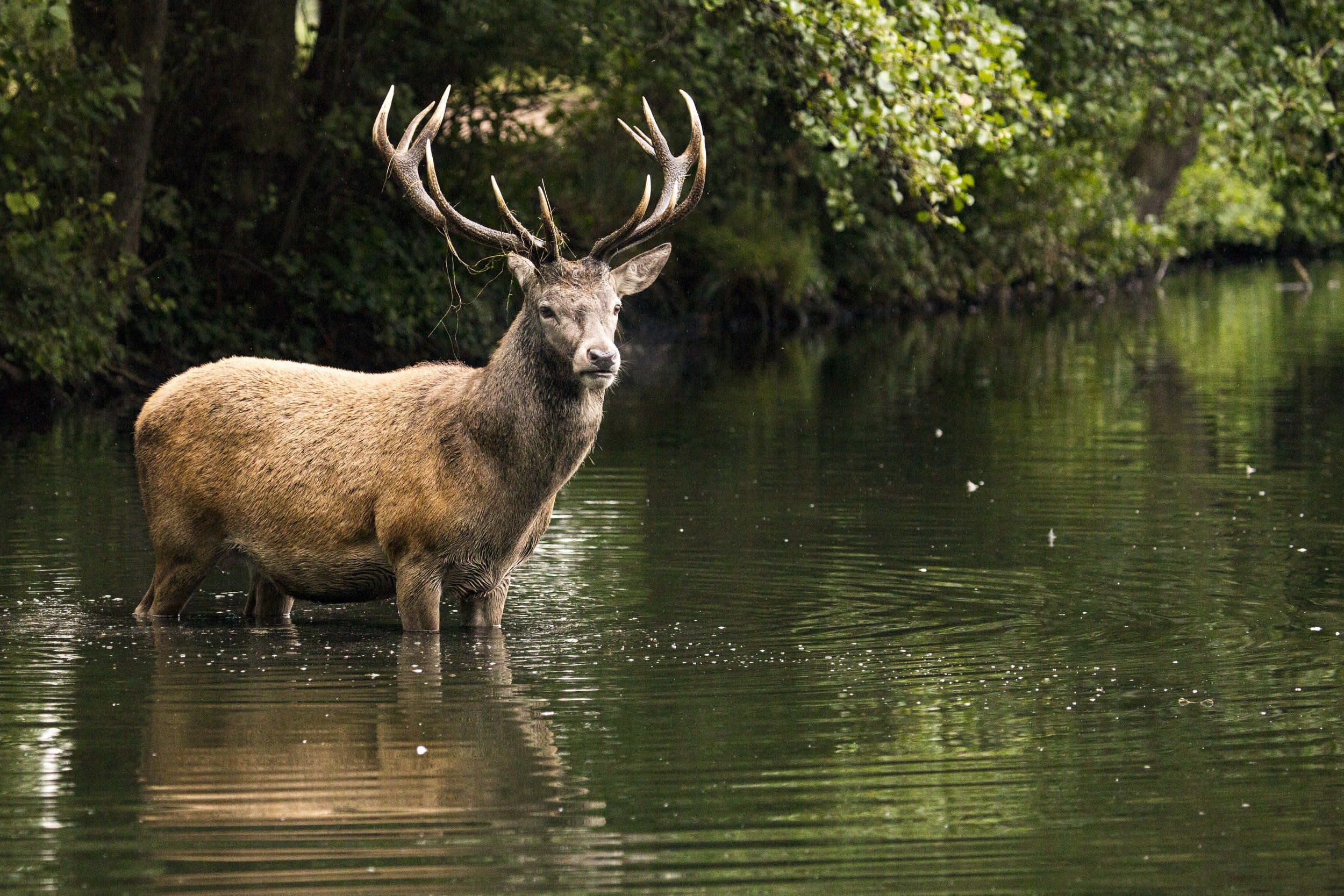
The ethics of Hide Drums
The questions I get most often from people interested in my Shamanic Drums and my Shamanic Drum Birthing workshops are always regarding the hides: “Where do the hides come from?”, “Has a deer been killed just for this drum?”. These are important questions to ask, and we need to think about our ethical standpoint on the subject. I would like to share with you my own.
Over the many years of working with hides in birthing Shamanic Dums, especially during the long, arduous days of cleaning up and preparing the fresh hides, I have considered the ethical considerations of making and working with hide drums; it is not an issue I have simply breezed over. Over the years, some people have sent me emails urging me to stop making hide drum and switch to alternative which they consider more ethical and eco-friendly. If you would like to know my standpoint on these issues, keep reading.
Killing for a Drum
Firstly, none of the Deer or Horses are killed specifically for their hide to make your Drum. You can now relax if this was your concern.
So where do the hides come from? Our Horse hides come from privately owned, very much loved animals that have died naturally and our Stag and Reindeer hides come from wild culled herds, where their hides are otherwise discarded.
In the absence of top predators in the wild, such as wolves, bears and lynxes, the wild Stag and Reindeer populations rise each year to levels that have deleterious effects on the rest of the ecosystem, both in terms of the plantlife that they eat and of the other animals that are effected by this. To try and manage this, the current imperfect solution is to cull the Deer. While the meat does enter the venison trade, the vast majority of the hides are discarded.
In the interest of honouring the spirit of the animal and not wasting any part of its body, by birthing a Drum from its hide, you give it new life as a Sacred Medicine Tool which will be loved and cared for and which will share its wisdom and healing with all those who work with it.
Don’t forget the hoop
From an animistic point of view, seeing everything as being spirit, the tree that gave the wood for the hoop is valued in the same way. The hoop is often, sadly, overlooked in these discussions, and it is forgotten that a tree felled is also a life taken. As such, it is ensured that they are responsibly sourced in respect of the tree that gave of itself to provide the wood that became this Shamanic Drum hoop.
New scientific research is confirming traditional knowledge of the consciousness of plants, how they are aware of their environment and can feel the pain of being cut down. My own experience with tree spirits is that there is a fairly strong acceptance of this.
In our Drums, each hoop is honoured and the tree that gave the wood is thanked for it and for the qualities of spirit that it gives to the whole of the Drum.
So, what about plastic drums?
As I mentioned earlier, I have been told that I should be using a synthetic drum, where the drum head is made out plastic rather than hide, as then an animal does not have to die to make it. For ethical and sustainable reasons, I prefer not to use a plastic where I can avoid it; on a practical level however, sometimes playing a plastic Drum can be advantageous (for example while playing in the rain), but it is far from the eco-friendly alternative.
Plastic is not victimless.
While many choose a synthetic Drum for personal and practical reasons, these plastic drumheads or plastic laced Drums are not sustainable or eco-friendly alternatives, nor can they claim to be made from ethically sourced materials.
“Spirit Ethics”
When we discuss the ethics of Hide Drums, we often focus around questions of sustainability and cruelty to animals, and tend to miss the discussion around what I call “Spirit Ethics”.
In many traditional animistic cultures, before a tree is cut, they would go to it, give it an offering, say prayers and sing songs, and tell it that it will be cut down. Similarly, before hunting an animal, there would be offerings made to the spirit of the animal, and spiritual journeys made to ask permission to hunt.
While we can speak for the sustainability and ethics of the materials we work with in our Shamanic Drums, we can be sure that no one gave offerings to the tree, or sang songs and said prayers before it was cut down. We can be sure that no-one journeyed to ask the Stag Spirit for permission before the hunt. As such, this is something that we weave into the ceremony of birthing our Drums, to remember the spirit of the animals and trees, sing songs to them, and say prayers for them.
Shamanic Drum Birthing & Transformation
“We move through a world of life and death.”
When we consider the world around us, we can see these cycles of life and death all the time. We are involved in those cycles, the animals and trees are also involved in those cycles: they are natural.
Just as the Deer has taken from the plants to feed itself, and as the tree has taken from the air and soil to feed itself, so too are the Deer and tree one day taken by these cycles. We cannot stop or prevent this cycle; it is something that we must accept.
What we can do, however, is live in gratitude and with respect for everything around us. In the birthing of Drums, we can honour the animal and the tree that has been taken and that is now reborn as a Sacred Medicine Tool, one that will be loved and bring healing to many.
The ethics of hide Drums is an important discussion to have, and I am happy every time someone asks me about it. In giving time to think about it, I believe you gain a greater respect for your Drum, a greater respect for your role in birthing the Drum as an agent of transformation, and a greater respect for the cycles of life of which you are a part.
I hope this response is useful to those who ask this question about the hides and the ethics of these drums.
See other featured articles on the Heron Drums Blog….

